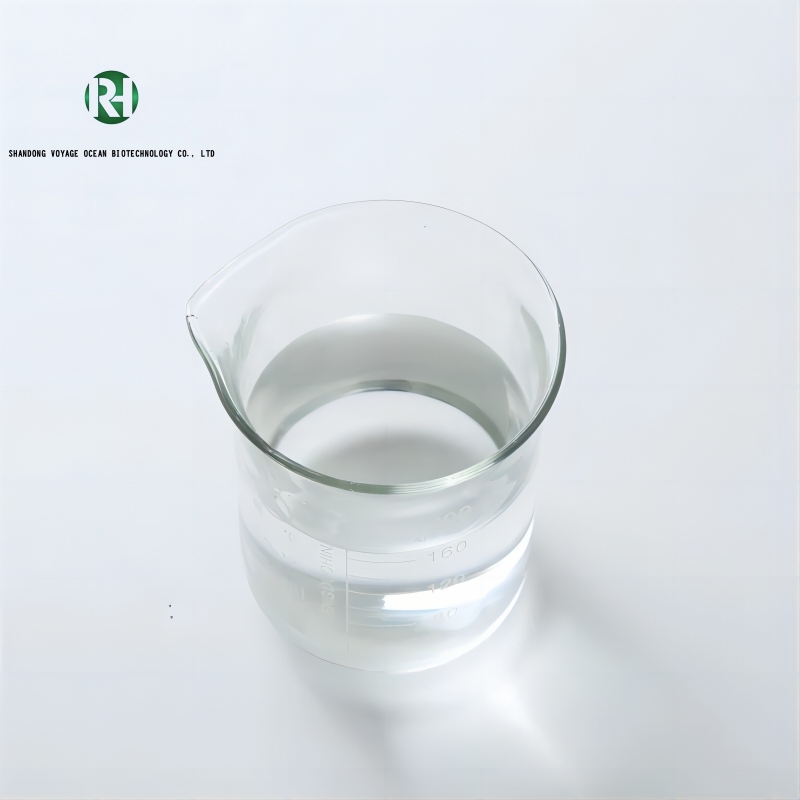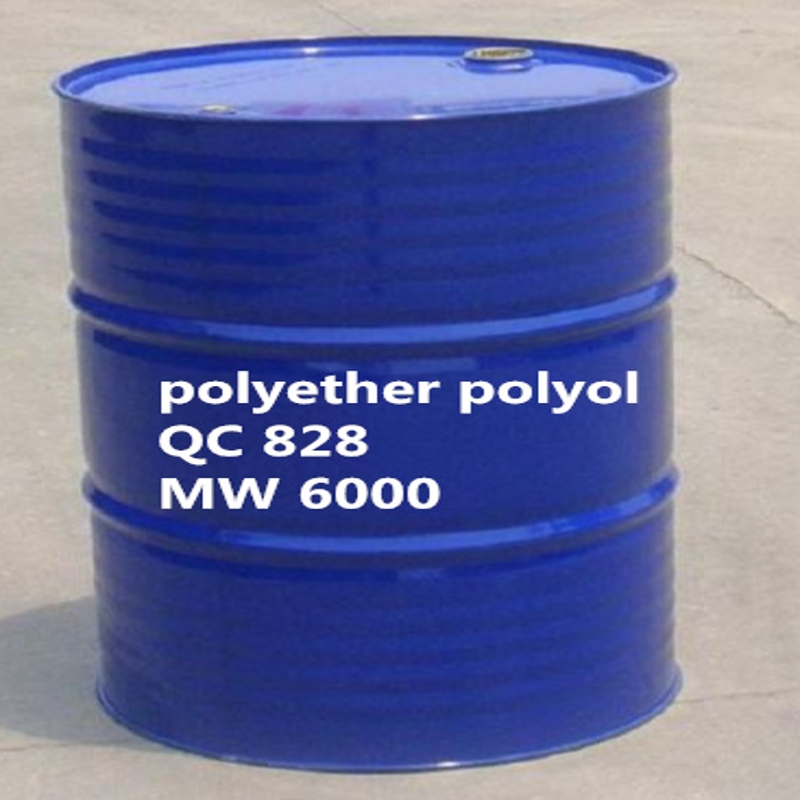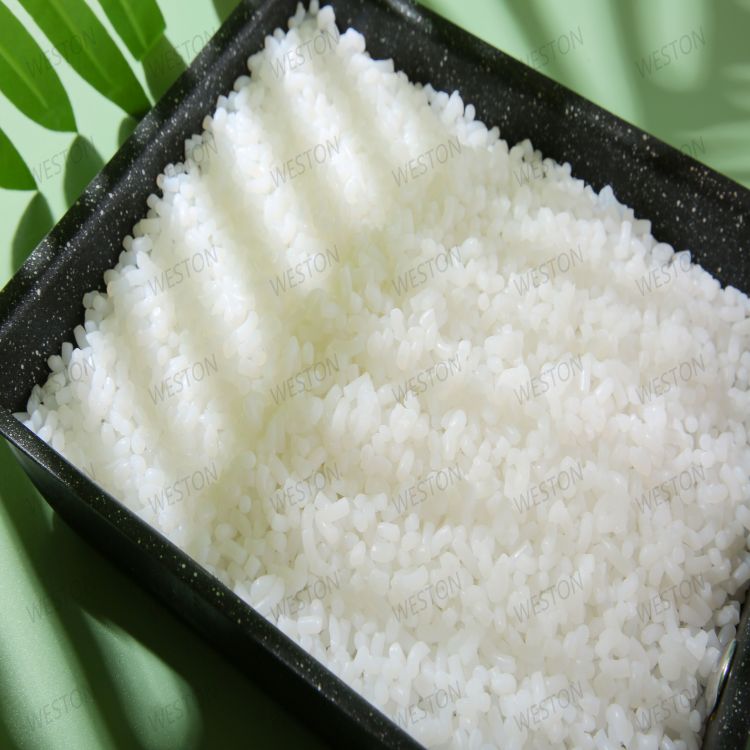-
Categories
-
Pharmaceutical Intermediates
-
Active Pharmaceutical Ingredients
-
Food Additives
- Industrial Coatings
- Agrochemicals
- Dyes and Pigments
- Surfactant
- Flavors and Fragrances
- Chemical Reagents
- Catalyst and Auxiliary
- Natural Products
- Inorganic Chemistry
-
Organic Chemistry
-
Biochemical Engineering
- Analytical Chemistry
- Cosmetic Ingredient
-
Pharmaceutical Intermediates
Promotion
ECHEMI Mall
Wholesale
Weekly Price
Exhibition
News
-
Trade Service
Citric acid
[Physical and chemical properties] Citric acid , also known as citric acid , scientific name 2-hydroxypropane-1,2,3-tricarboxylic acid
It can be extracted from plant raw materials, and can also be produced by citric acid fermentation of sugar
[Preparation]
(1) It is obtained from the fermentation of sugar, using granulated sugar, molasses, starch, starch residue or glucose as raw materials, fermented with black mold through liquid or soil culture, and then extracting citric acid with hot water, and adding calcium carbonate to obtain citric acid Calcium is treated with sulfuric acid to remove calcium sulfate, and the filtrate is concentrated, coarsely crystallized, and recrystallized to obtain a monohydrate
(2) Chinese patent 95111000.
①Liquefaction According to the capacity of the liquefaction tank, the corn flour that has not been dehulled and degerminated is mixed with water according to the mass ratio of 1:5, and then heated with steam.
②Filtration The completely liquefied upper product is quickly filtered with a plate and frame to separate the corn residue and liquefied liquid, and all the liquefied liquid is pumped into the fermentation tank through the pipeline
③Adjust the culture medium and add 8% of the total mass of corn residue separated by pressure filtration to the fermentation tank, and then turn on three-way steam for disinfection.
④Extraction The citric acid crystals are obtained by extracting the liquid containing citric acid solution after fermentation by the current general calcium salt method
(3) Chinese patent 99123751.
The process is simple, the productivity is high, and the production cost is low
① Rice pretreatment: After soaking and rinsing early rice with water, the powder becomes rice flour slurry
② Liquefaction adjusts the pH value of the rice flour slurry to 7.
③Filtration The liquefied rice noodles obtained after liquefaction are filtered under pressure with a plate and frame, and the resulting filtrate is used for fermentation, and the wet residue is filtered for fermentation, and the remaining wet residue is dried to make rice protein powder;
④Configure the culture medium, put the filtrate into the fermentation tank, and add the filtered wet residue equivalent to 8% of the fermentation volume, start stirring to make the two evenly mixed, after the volume is set, the temperature is raised to 105 ℃ for sterilization for 30 minutes, and then the temperature is quickly cooled;
⑤After the fermentation medium is sterilized, it is quickly cooled to 36°C, and the Aspergillus niger strain is connected by hyphae inoculation.
(4) Crop straw is a renewable resource with abundant reserves in nature.
CN1884563A
①60~80,(1:4)~(1:9),,、pH4.
②,50~70℃,1/3~1/2
。
③:,0.
5%~5%
。,Aspergillus niger 2160,、、、、、
。Aspergillus niger 21604×106
。:28~37℃,0.
1MPa,150r/min,4~7d
。
(5) European patent 0597235A1 introduces a method for recovering citric acid from molasses beer fermentation broth
.
The specific operation steps are as follows: insert Aspergillus niger into the molasses beer fermentation tank for fermentation, filter to remove the generated organisms, use the filtrate for fermentation, and add the extractant at 22°C
.
This extractant is composed of 34% trilaurylamine, 5% octanol and 61% Shellsol-80 (based on mass fraction)
.
The volume ratio of extractant to beer is 2.
2:1.
54% of the citric acid is transferred to the organic phase, separated from the residual liquid, and back-extracted with water at 90°C.
The volume ratio of water to extractant is 7:1
.
The product contains 20.
5% citric acid
.







